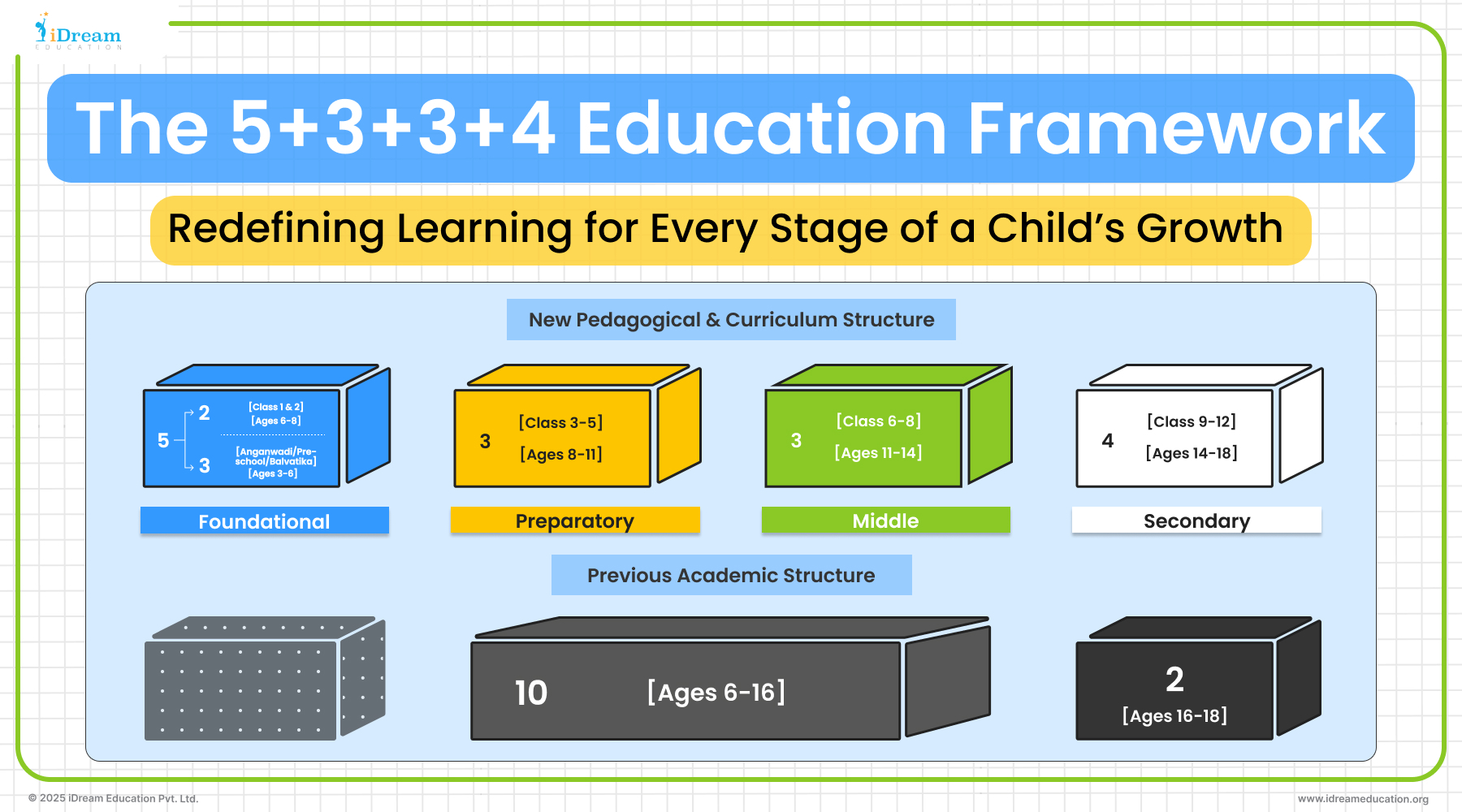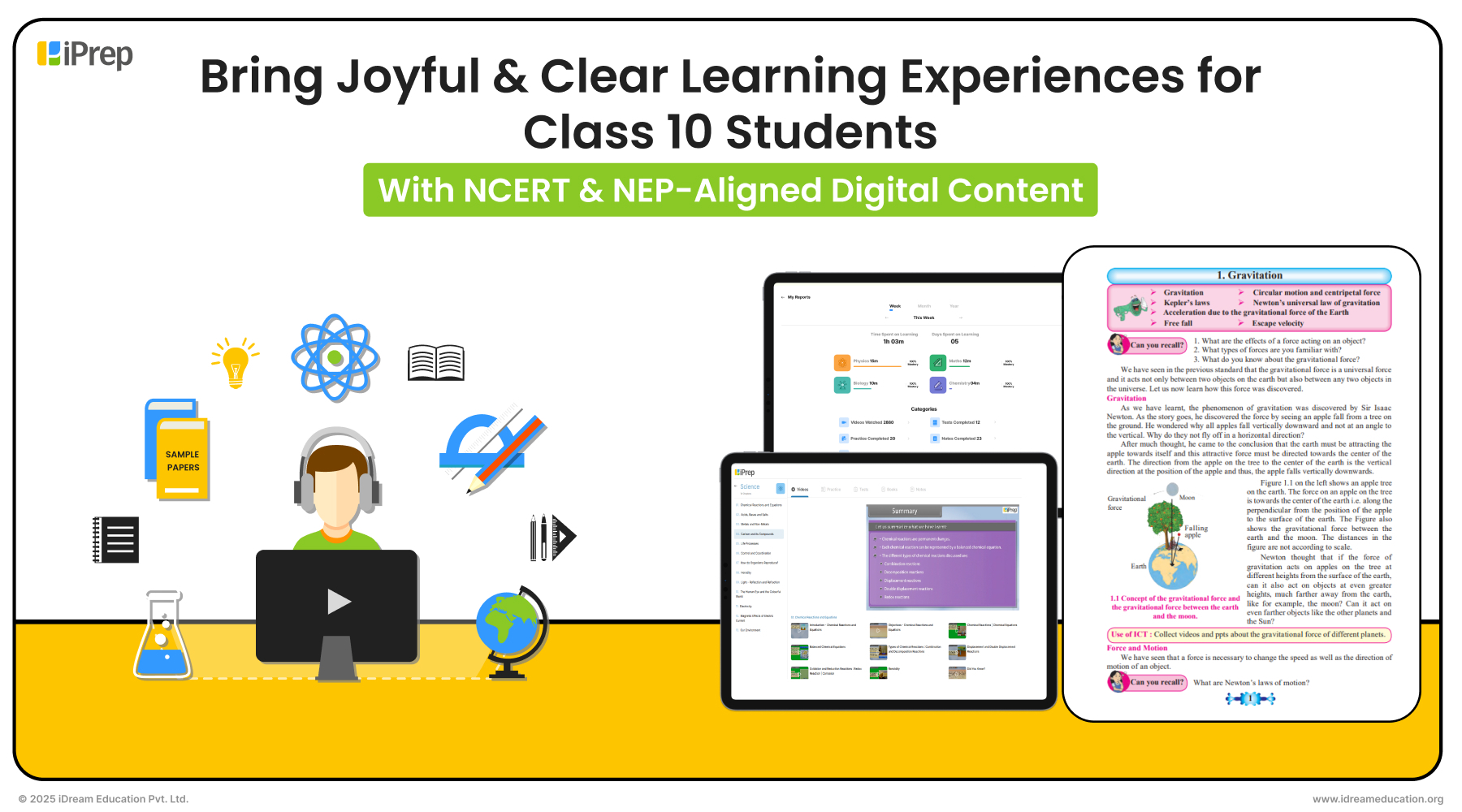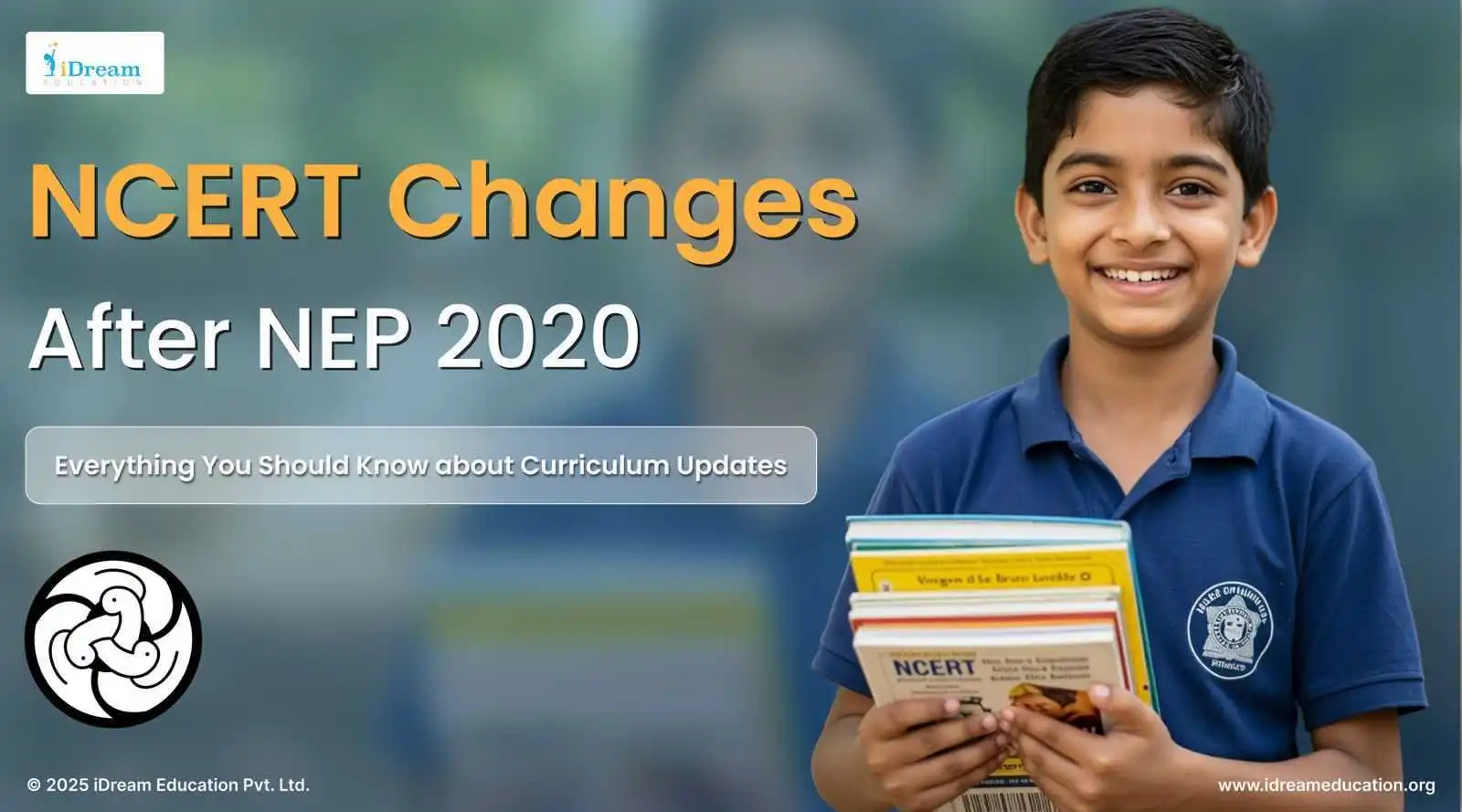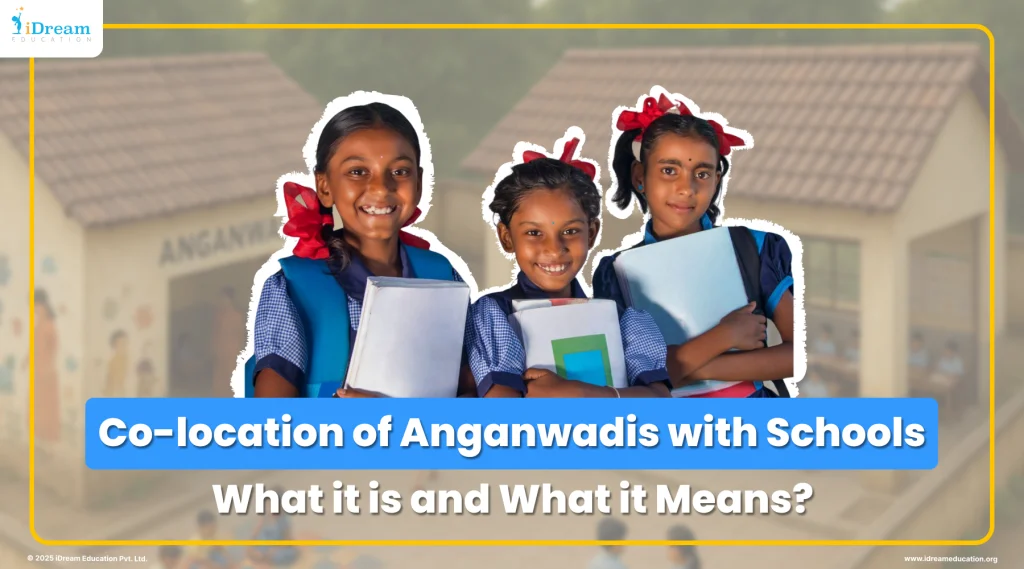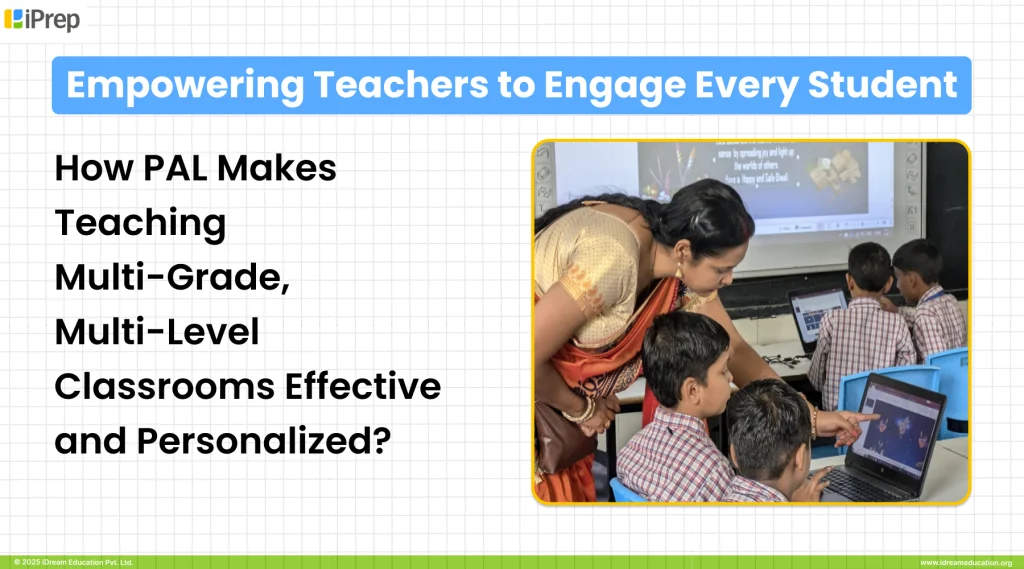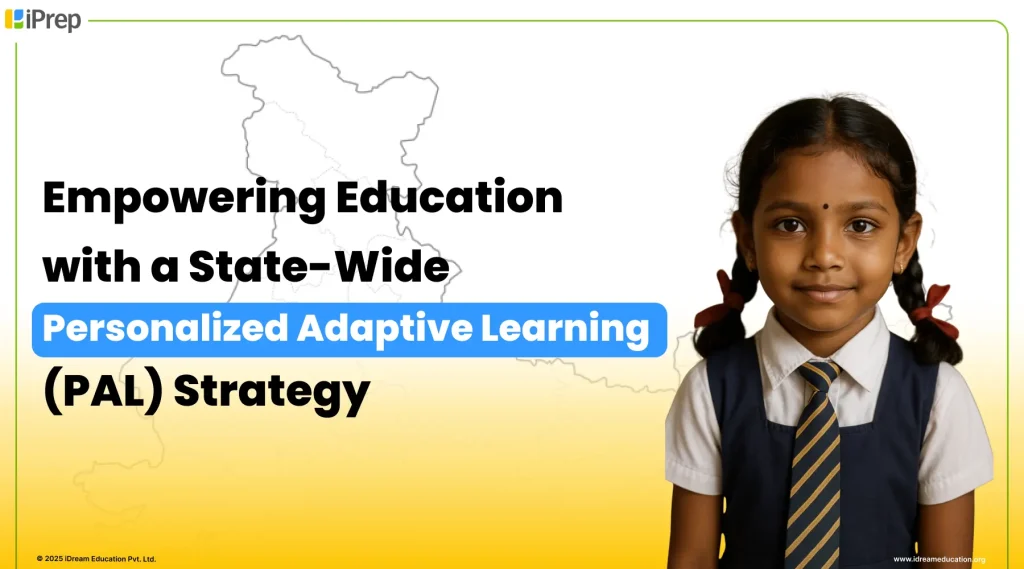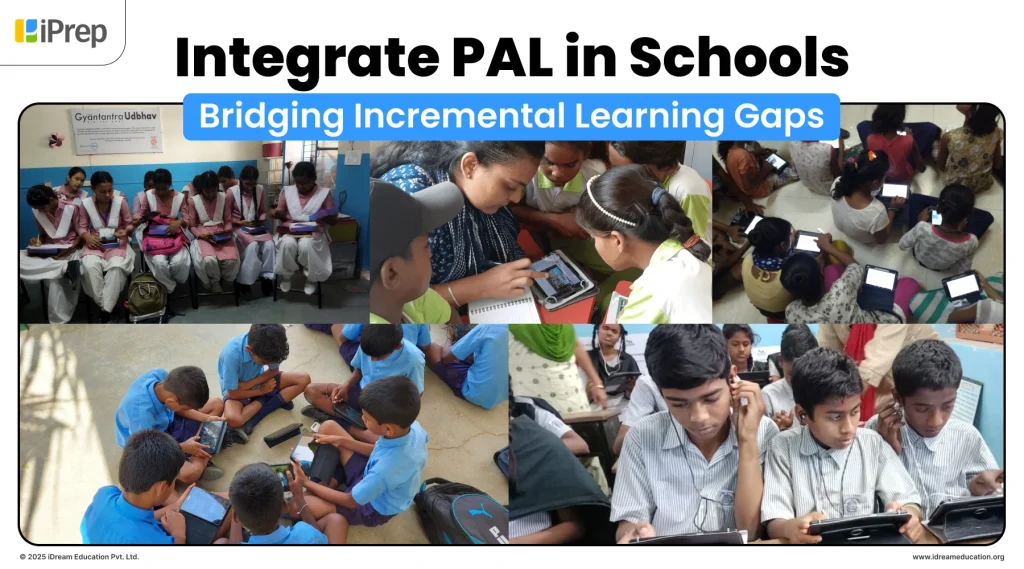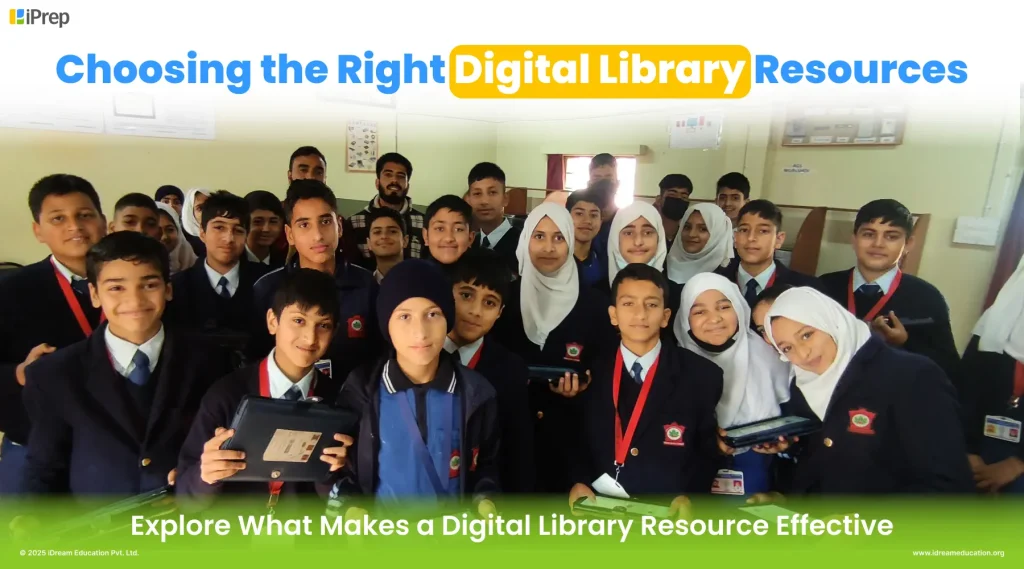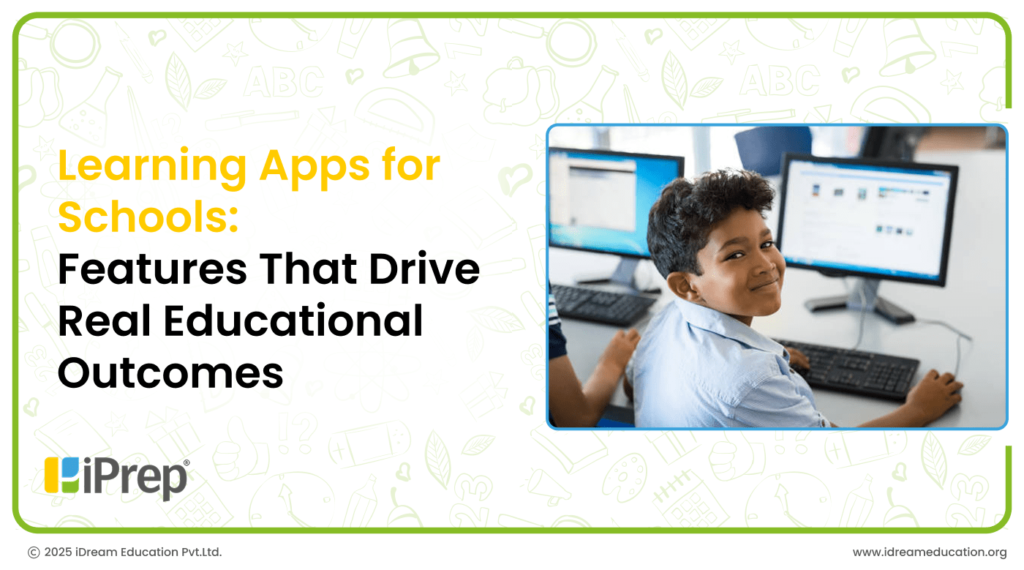
Few would argue that the educational technology landscape in India has undergone a remarkable transformation over the past decade. What began as simple digital repositories of content has evolved into sophisticated learning apps for schools that function as comprehensive educational ecosystems.
However, as schools increasingly integrate technology into their teaching approaches, educators face the daunting challenge of selecting effective solutions from an overwhelming array of options.
With thousands of K12 educational apps claiming to transform learning, identifying those that genuinely improve educational outcomes requires careful assessment.
This guide examines the critical features that distinguish truly effective K-12 learning apps from those that merely digitise traditional materials.
Learning Apps for Schools: Core Features to Drive Measurable Outcomes
The most effective learning apps share several essential characteristics that directly contribute to improved student performance. These core elements determine whether an educational app will have lasting educational value:
1. Curriculum Alignment and Content Quality
Pedagogically sound apps start with robust curriculum alignment. When digital content maps precisely to required academic standards, it becomes a powerful extension of classroom instruction rather than a disconnected supplement.
- NCERT and State Board curriculum mapping ensures that digital resources directly support mandated learning objectives. The most effective applications offer content that aligns with specific syllabus requirements while maintaining educational rigour.
- Comprehensive subject coverage matters significantly. While some applications excel in particular subjects, school-wide implementation requires breadth across the curriculum. Evaluate whether the app provides adequate depth in core academic areas while also addressing supplementary subjects.
- Grade-appropriate presentation determines whether content actually reaches students effectively. The same concept requires different explanations and examples for Class 3 versus Class 8 students. Quality learning apps calibrate content complexity, language, examples, and visual elements to match developmental stages.
The curriculum development approach used by iPrep exemplifies these principles, with content structured to align precisely with educational frameworks while remaining engaging and accessible to students at each developmental level.
2. Personalised Learning Pathways in Learning Apps for Schools
The most effective learning applications move beyond the one-size-fits-all approach of traditional textbooks to offer individualised learning experiences.
- Adaptive learning algorithms that respond intelligently to student performance represent a significant advancement. These systems analyse response patterns to adjust content difficulty, pacing, and learning pathways. When a student struggles with dividing fractions, for example, the system might automatically provide additional practice or introduce more foundational concepts before progressing.
- Differentiated content delivery accommodates diverse learning needs within a single classroom. Effective apps provide multiple entry points for different ability levels, allowing advanced students to encounter challenging material while ensuring others master fundamentals.
- Diagnostic assessment tools identify specific learning gaps through targeted evaluations. Rather than simply measuring overall performance, these assessments pinpoint precise conceptual misunderstandings, enabling more focused remediation.
iDream Education’s approach to personalisation through PAL demonstrates how technology can adapt to individual student needs without overwhelming them with excessive options or complexity. The system guides students along optimised learning paths while maintaining an intuitive interface.
Watch this video to learn more: Are Students Really Learning in Schools? Personalized Adaptive Learning Explained #adaptivelearning
3. Engagement Through Interactive Design in Learning Apps for Schools
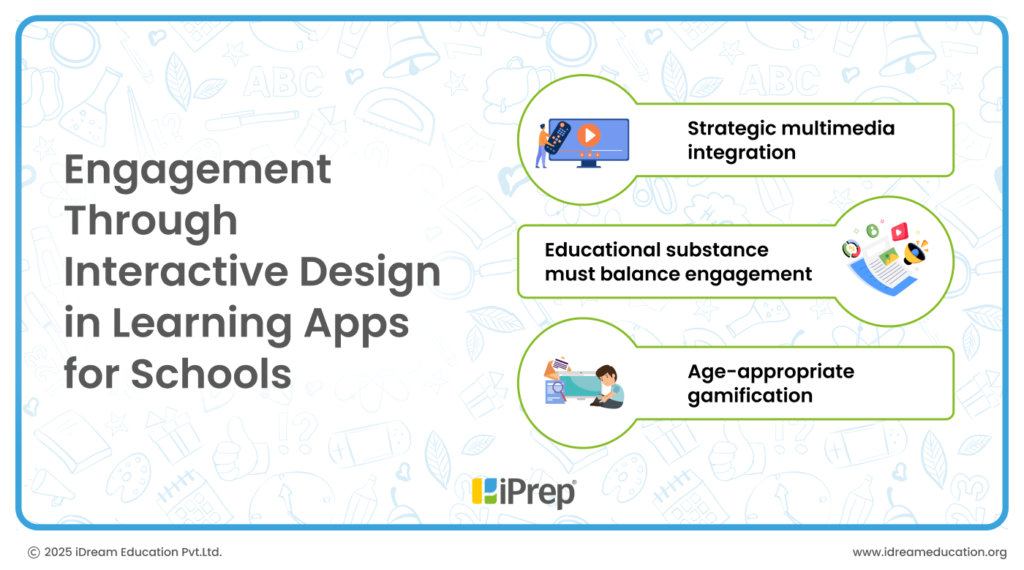
Maintaining student interest remains essential for learning applications, but engagement must serve educational purposes rather than functioning as mere entertainment.
- Strategic multimedia integration enhances comprehension of difficult concepts. Interactive simulations, animated explanations, and visual models can illuminate abstract ideas in ways that static text cannot.
- Educational substance must balance engagement features. While colourful interfaces and interactive elements capture attention, substantive content determines whether students develop genuine understanding. So, evaluate whether engagement features enhance learning or merely distract from it.
- Age-appropriate gamification can motivate without trivialising digital educational content. Points, badges, and progress indicators work best when they reward meaningful learning accomplishments rather than superficial activity. Effective applications implement these elements thoughtfully, connecting rewards to genuine cognitive achievements.
4. Offline Functionality for Universal Access
Educational technology must function reliably within real-world constraints, particularly in regions with connectivity challenges.
- Offline accessibility ensures learning continues regardless of internet availability. Applications that require constant connectivity often prove impractical in many school environments, particularly in rural areas where connectivity remains inconsistent.
- Intelligent synchronisation enables apps to update content and report progress when connectivity becomes available without requiring manual intervention.
- Resource optimisation for diverse devices ensures accessibility across varying technology environments. Effective applications perform well on older hardware and optimise storage requirements to function on devices with limited capacity.
iPrep‘s offline functionality exemplifies how learning applications can remain fully functional in challenging connectivity environments.
5. Assessment and Progress Monitoring
Effective learning applications incorporate sophisticated assessment tools that provide actionable insights for teachers and immediate feedback for students.
- Integrated formative and summative assessments measure both incremental progress and comprehensive understanding. Rather than treating assessment as separate from learning, effective applications weave evaluation naturally throughout the learning process.
- Real-time feedback mechanisms help students understand mistakes immediately, preventing misconception reinforcement. When students receive immediate guidance after incorrect responses, they can adjust their understanding before errors become ingrained.
- Comprehensive teacher dashboards display individual and class-wide performance data in accessible formats. These interfaces highlight struggling students, identify commonly misunderstood concepts, and track progress toward learning objectives.
- Data-driven instructional insights help teachers identify intervention needs and adjust teaching strategies. The most valuable systems translate raw performance data into actionable teaching recommendations.
Learning Apps for Schools: Implementation Factors for Success
Even the most pedagogically sound application will fall short without proper implementation. These factors significantly impact whether a learning app will achieve its potential in actual school environments.
Teacher Support and Integration Tools
Teachers remain the critical determinants of educational technology success, making their support essential.
- Embedded professional development resources help teachers maximise the platform’s capabilities. Video tutorials, implementation guides, and context-sensitive help systems reduce the learning curve and increase confidence in usage.
- Classroom integration features help teachers incorporate digital resources into their existing instructional approaches. Lesson planning tools, assignment creation capabilities, and class management features streamline the transition to blended learning models.
- Teacher community networks facilitate resource sharing and collaborative problem-solving. When teachers can exchange successful strategies and custom content, the platform’s value increases exponentially.
iDream Education’s teacher-first implementation approach recognises that educational technology succeeds only when teachers embrace it confidently.
Scalability and Multi-Device Compatibility
Learning applications must accommodate diverse technology environments and growing usage requirements.
- Cross-platform performance ensures accessibility regardless of device type. Applications should function consistently across tablets, smartphones, computers, and interactive displays while adapting appropriately to different screen sizes and input methods.
- Multi-user management capabilities simplify administration for school-wide deployments. Bulk account creation, class grouping features, and role-based permissions make large-scale implementation feasible.
- Cloud-based profile management ensures students maintain consistent experiences across devices. When learners can seamlessly transition between school and home devices without losing progress, engagement increases substantially.
iPrep’s design philosophy emphasises universal accessibility, ensuring the platform performs reliably across diverse technology environments without compromising functionality.
Read More: How Learning Through iPrep is Improving Learning Outcomes? – iDream Education Blog
Measuring Effectiveness of Learning Apps for Schools
Ultimately, learning applications must demonstrate a measurable impact on educational outcomes to justify their adoption.
- Key performance indicators should extend beyond engagement metrics to include learning gains. While time spent in the application provides some insight, more meaningful measures include concept mastery, skill development, and knowledge retention.
- Evaluation methodologies might include pre/post assessments, comparative studies, or longitudinal tracking. Schools should establish clear measurement frameworks before implementation to assess impact objectively.
- Implementation of best practices significantly influences outcomes. Based on experiences across thousands of schools, successful implementations typically include phased rollouts, dedicated training time, regular usage monitoring, and continuous feedback collection.
One illustrative example comes from a network of government schools in Rajasthan that implemented a comprehensive learning application. After eight months of structured usage, students demonstrated a 28% improvement in mathematics concept mastery compared to control groups, with particularly significant gains among previously struggling learners.
Watch this video: iPrep Digital Class in Rajasthan and Haryana | Implementation, and Training | iDream Education
Key Takeaway
When choosing learning apps for schools, it’s essential to focus on evidence over marketing hype. School leaders should see this as an educational decision, not just a tech one, prioritising strong pedagogy, solid implementation support, and real impact.
The best K12 learning management systems don’t just digitise lessons; they enhance learning through personalisation, engagement, and actionable insights, ultimately improving teaching and student success.
Through iPrep, iDream Education remains committed to developing solutions that deliver demonstrable learning improvements rather than simply impressive feature lists. By maintaining this focus on measurable outcomes, educational technology can fulfil its promise of expanding learning opportunities for all students.
To learn how we can help your institution with the best learning app for students, contact us at +91 7678265039. You can also write to us at share@idreameducation.org



